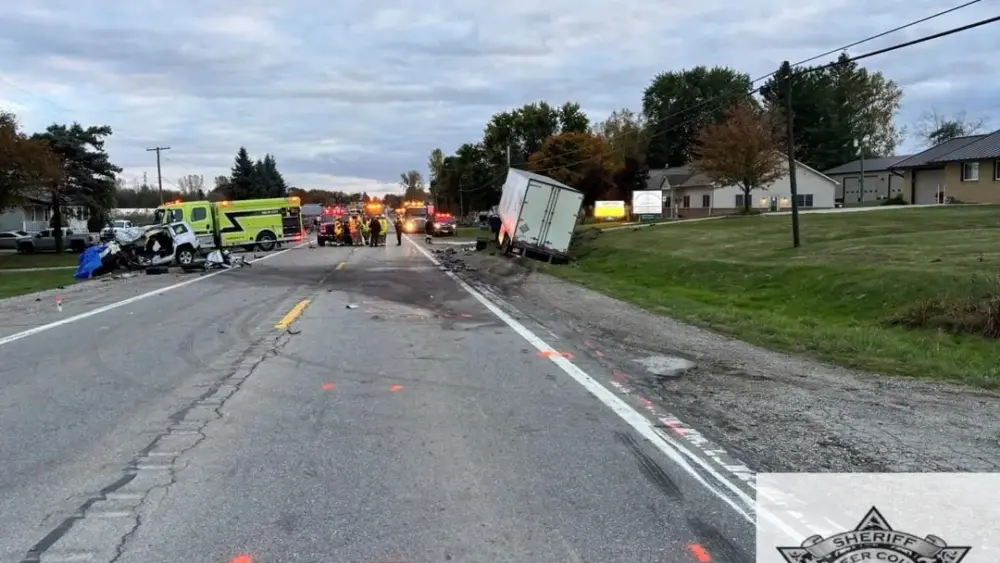With the storm forecast to last until Saturday, Sanilac County Emergency Management Chief Todd Hillman is reminding residents that, if the power goes out, to be safe and cautious while using their back up generators.
Hillman says that generators should always be kept outside of the home or barn, away from doors and windows, in a well ventilated and dry spot. You should also have a carbon monoxide detector in the spaces you plan to use the generator, as carbon monoxide is a bigger danger in this scenario than a fire for both humans and animals.
If your home is not set up with electric disconnects, be sure to turn your main power breaker off before using your generator to avoid backfeeding the system, as backfeeding can damage your electric circuits, as well as others using the same grid. Furthermore, backfeed can also electrocute any DTE employees working on local lines, making it extra important to make sure you have your main breaker off, with transfer switches also available for install to prevent backfeeding.
Hillman noted that when generator fires do occur, it usually has to do with the extension cords used to connect the generator not being rated to handle the amount of power generated. With that in mind, Hillman also says to check the wattage on your generator and not to hit peak load capacity– for instance, if you have a 3000 watt generator, the sum of all appliance wattages plugged in should be between 2200 and 2500 watts for safety.
In terms of appliances, your furnace, fridge and freezer should have power priority, especially over space heaters, which Hillman acknowledges are a necessary evil sometimes. “There’s big heat, big wattages that’s right there, but if that’s all you got, you got to do what you can do with that.”
At the end of the day, Hillman also reassures county residents that all emergency services, from police and fire departments to local hospitals, will be at full power due to their own generators.



